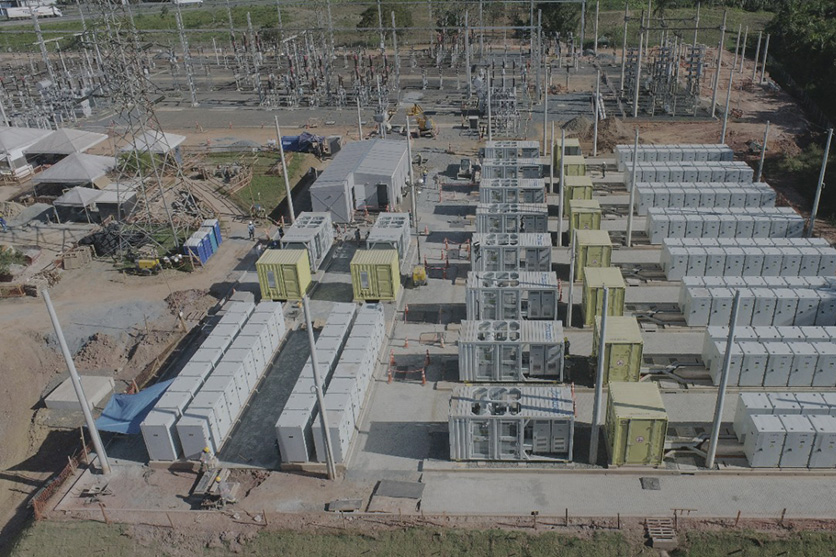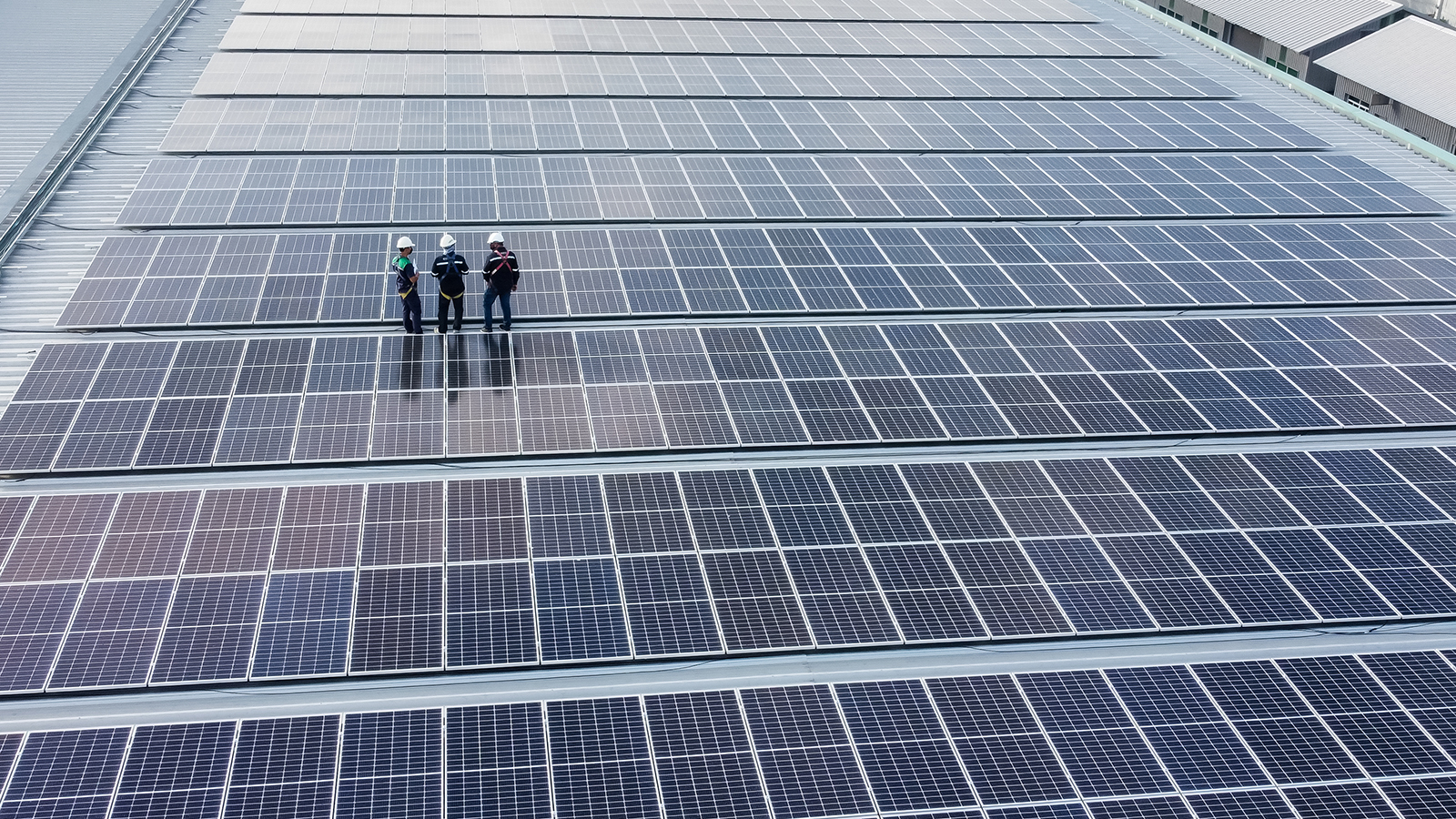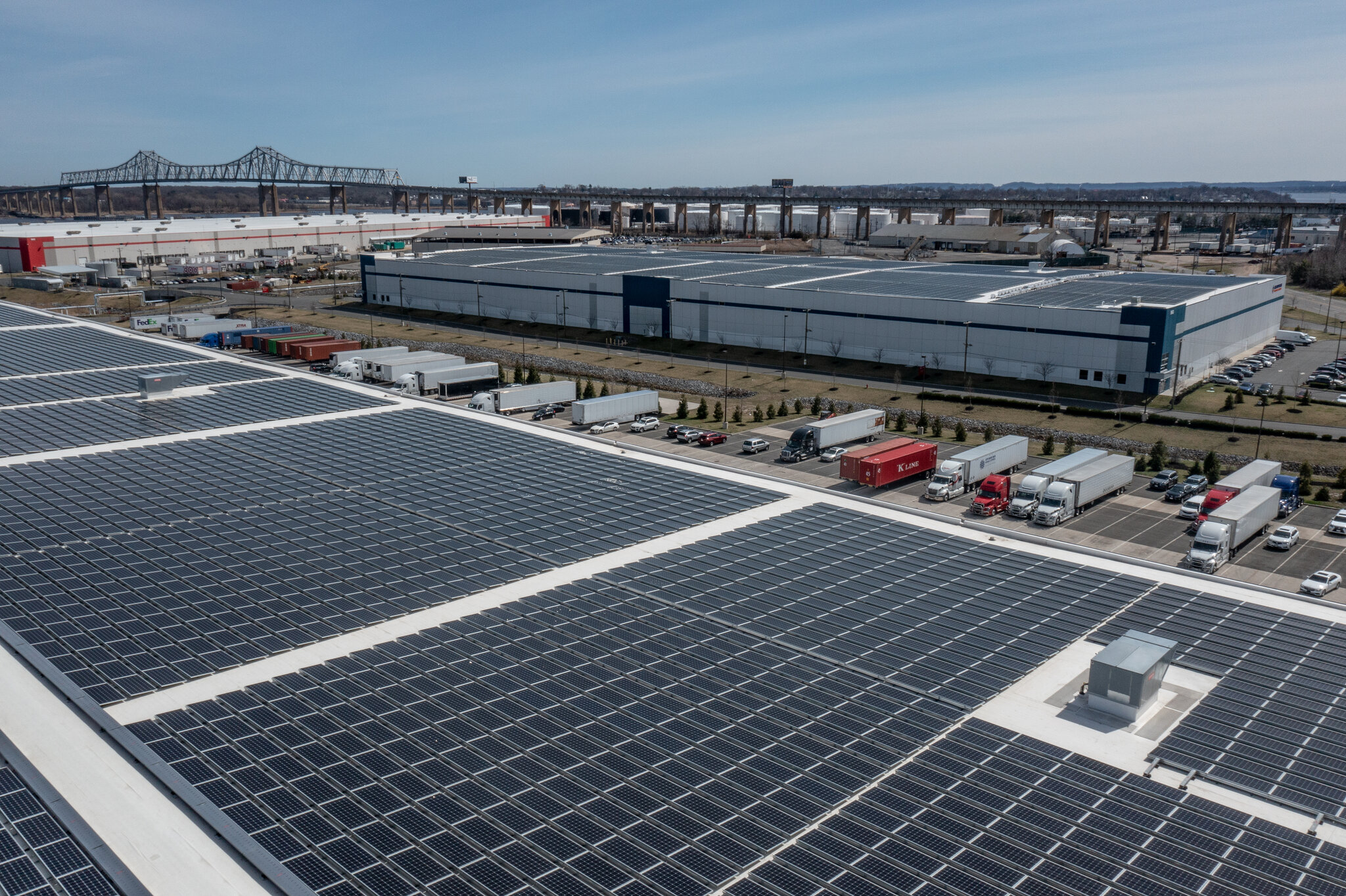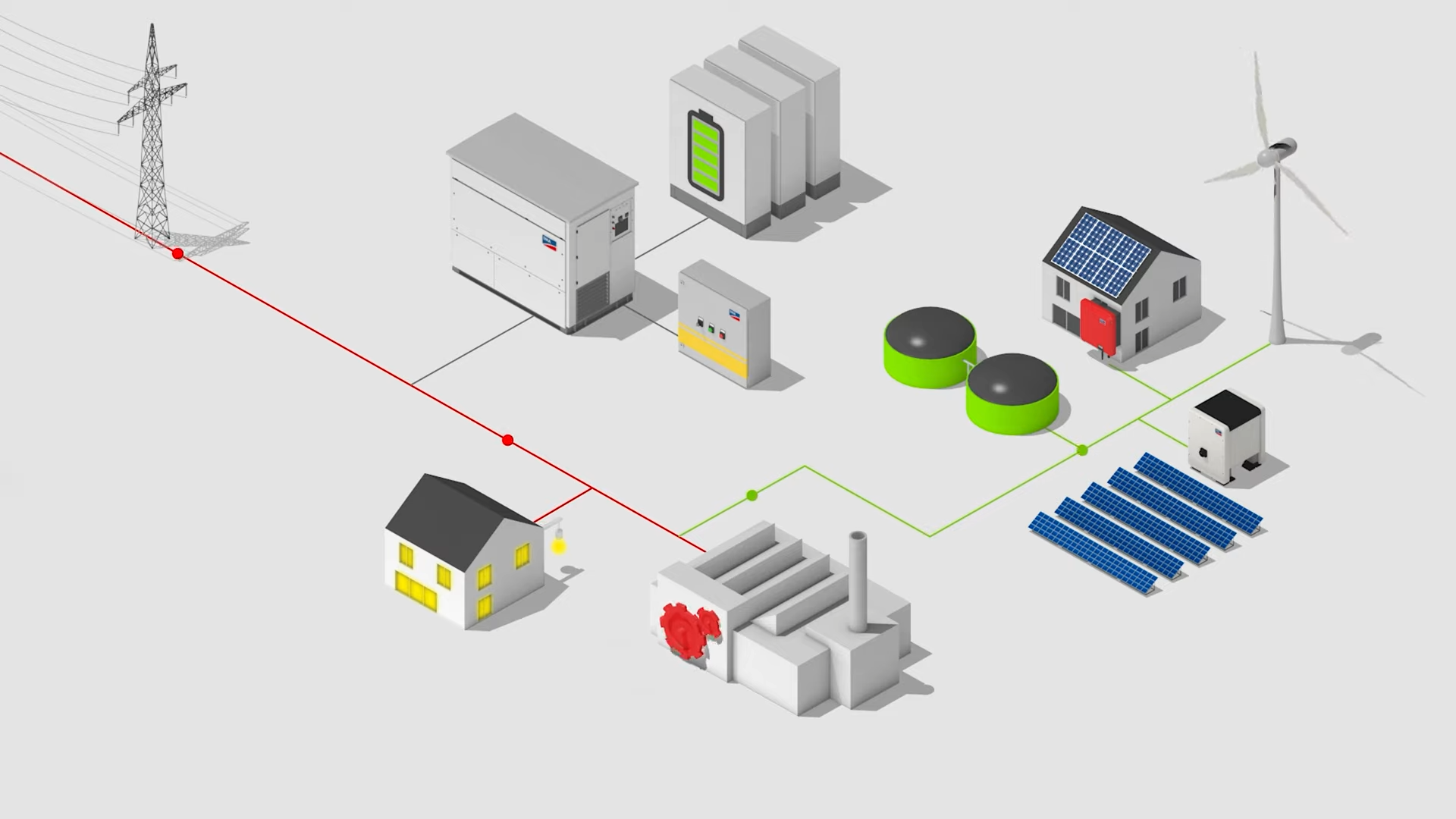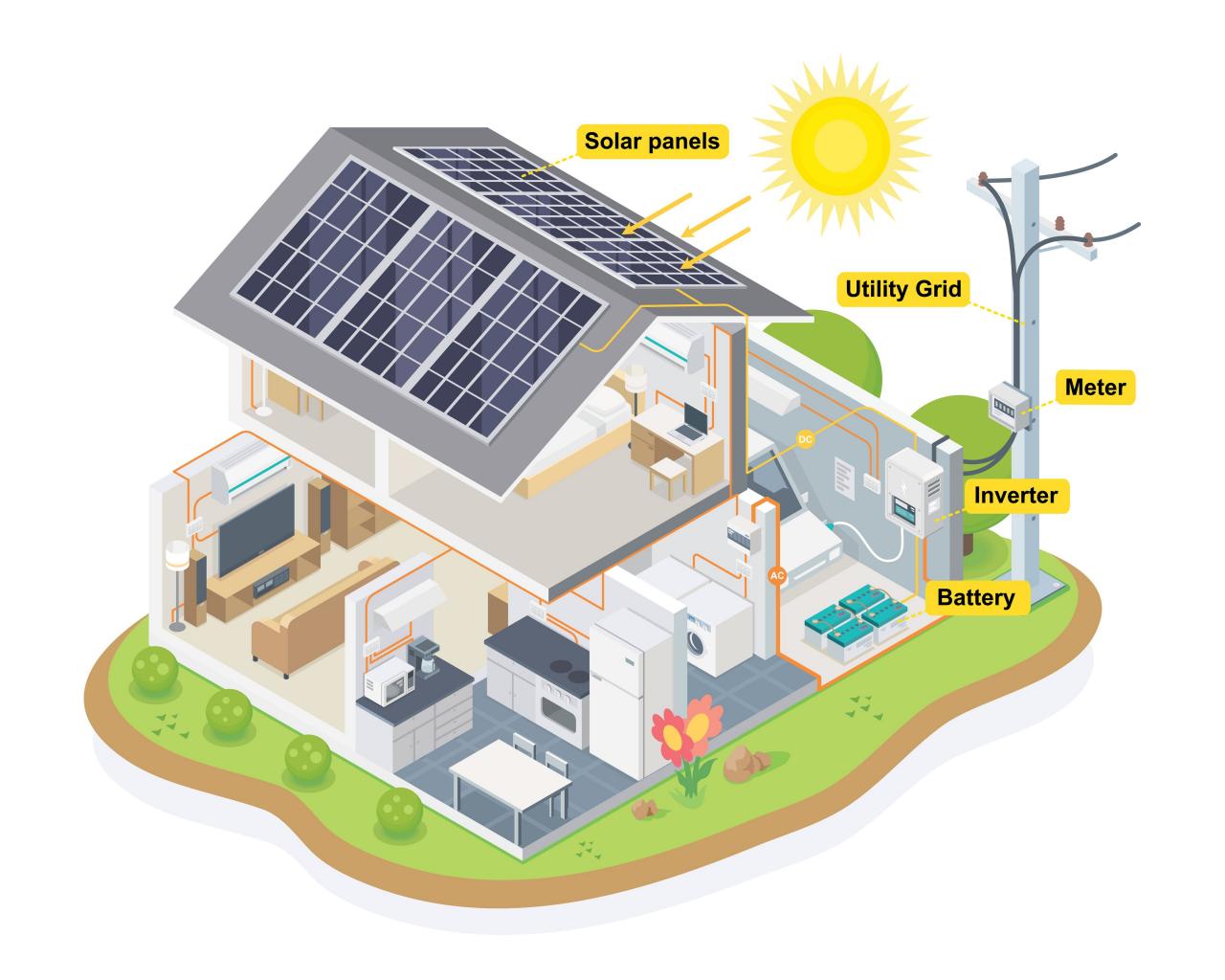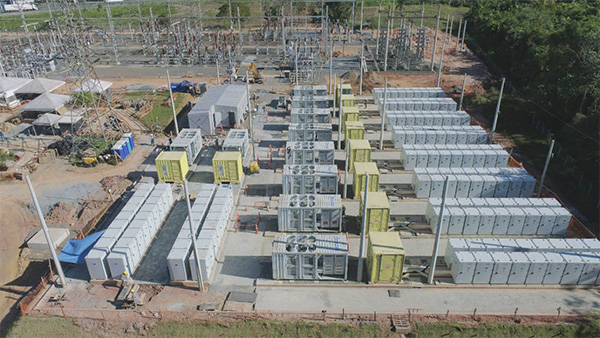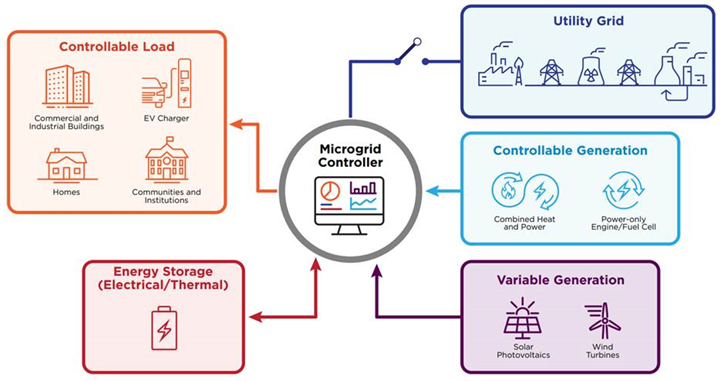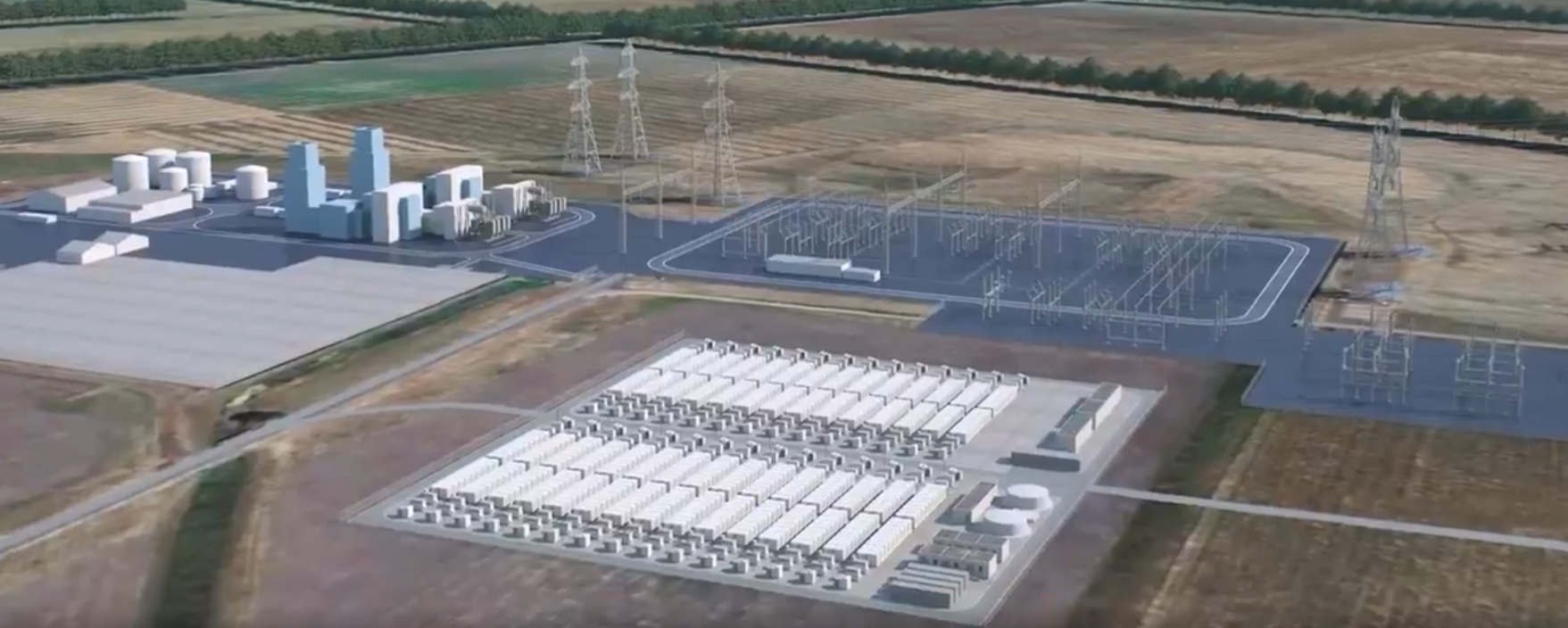 Operating a 600MW coal unit with such a wide range from 13.7% to 105% of its capacity brings numerous benefits to the grid, particularly in the context of integrating renewable energy sources:
Operating a 600MW coal unit with such a wide range from 13.7% to 105% of its capacity brings numerous benefits to the grid, particularly in the context of integrating renewable energy sources:
-
Enhanced Grid Stability: With the ability to dial down to 13.7% of its capacity, the coal unit can compensate for the variability and unpredictability of renewable sources like wind and solar, maintaining grid stability without the need for excess standby power.
-
Flexibility in Energy Supply: The broad operational range allows the unit to quickly ramp up or down in response to changes in renewable energy generation, providing a flexible backup that can fill in during periods of low wind or solar output.
-
Reduced Reliance on Peaking Power Plants: Typically, peaking power plants, which are often gas-fired and more expensive to run, are used to meet short-term peaks in demand. A coal unit with a wide operational range can reduce this reliance, leading to cost savings.
-
Improved Efficiency and Cost-Effectiveness: Operating efficiently across a broad range of outputs can lead to better utilization of the coal unit, reducing the need to operate additional, less efficient units or purchasing power on the open market, which can be costly.
-
Lower Emissions: By operating at lower capacities when renewables are generating more power, the unit can reduce its overall fuel consumption, leading to lower emissions of CO2 and other pollutants per unit of electricity generated.
-
Support for Renewable Expansion: The flexibility of such a coal unit supports the expansion of renewable energy by providing reliable backup power, encouraging further investment and development in renewable energy projects.
-
Energy Storage Optimization: By filling in the gaps when renewable sources dip, such flexible coal units can work in tandem with energy storage systems, optimizing the use of stored energy and reducing the size and cost of batteries or other storage solutions needed.
In essence, the ability of a coal-fired power unit to operate from 13.7% to 105% of its capacity is a key enabler for the seamless integration of renewable energy into the power grid, fostering a more sustainable and economically viable energy landscape.


